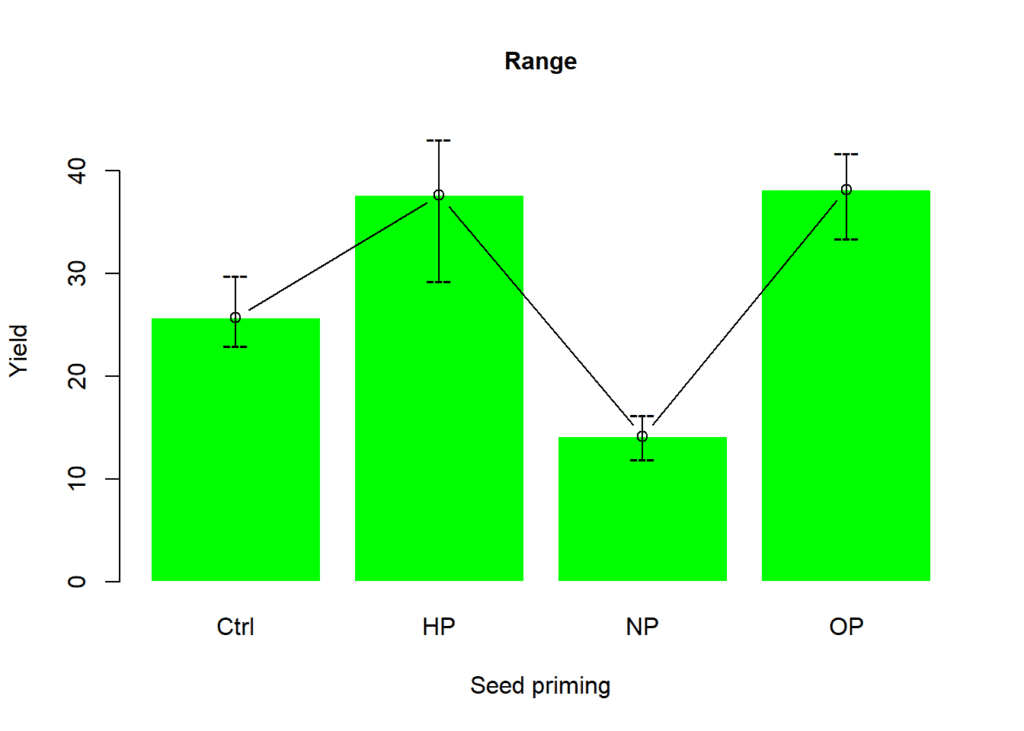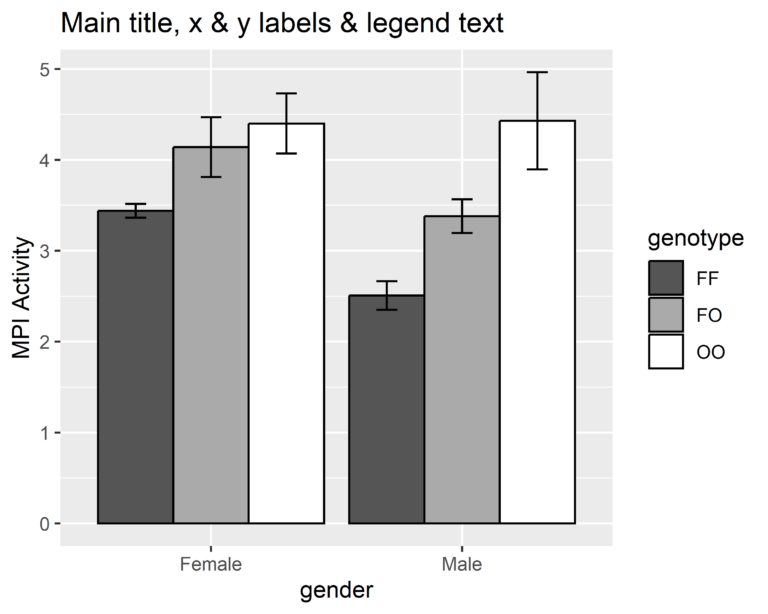Learn how to use the cross() function from the dplyr package in R to apply functions to multiple columns in a data frame. This blog post will show you different ways of using the cross() function with examples and code snippets. Whether you want to apply the same function to multiple columns or different functions to different columns, the cross() function can help you manipulate your data in R.
Contents
Introduction
The cross() function is a powerful tool in the dplyr package that allows you to apply the same function to multiple columns in a data frame. This can be especially useful when you have a large data set and want to perform the same operation on multiple columns.
In this blog post, we will explore different ways of using the cross() function and provide examples of how it can be used to manipulate data in R.
Installing and Loading dplyr
Before we can use the cross() function, we need to install and load the dplyr package. You can do this by running the following code:
# install.packages("dplyr")
library(dplyr)Creating a Data Frame
To demonstrate how the cross() function works, we will create a simple data frame with three columns (x, y, and z). We can do this using the following code. This will create a data frame that looks like as shown below:
df <- data.frame(
x = c(1, 2, 3),
y = c(4, 5, 6),
z = c(7, 8, 9)
)Applying a Function to Multiple Columns
Now that we have our data frame, let’s say we want to multiply each column by 2. We can do this using the following code. This will give us the following output:
df %>%
mutate(across(c(x, y, z), ~ . * 2))# x y z # 1 2 8 14 # 2 4 10 16 # 3 6 12 18
As you can see, each column has been multiplied by 2.
You can also use the .cols argument instead of c(x, y, z). This will give us the same result as before.
df %>%
mutate(across(.cols = x:z, ~ . * 2))# x y z # 1 2 8 14 # 2 4 10 16 # 3 6 12 18
Applying Different Functions to Different Columns
In addition to applying the same function to multiple columns, you can also apply different functions to different columns using the across() function. For example, let’s say we want to multiply column x by 2 and column y by 3. We can do this using the following code. This will give us the following output:
df %>%
mutate(across(c(x), ~ . * 2),
across(c(y), ~ . * 3))# x y z # 1 2 12 7 # 2 4 15 8 # 3 6 18 9
As you can see, column x has been multiplied by 2 and column y has been multiplied by 3.
Applying Multiple Functions to Multiple Columns
Finally, you can also apply multiple functions to multiple columns using the across() function. For example, let’s say we want to multiply column x by 2 and add column y and column z. We can do this using the following code. This will give us the following output:
df %>%
mutate(across(c(x), ~ . * 2),
across(c(y,z), ~ . + x))# x y z # 1 2 6 9 # 2 4 9 12 # 3 6 12 15
As you can see, column x has been multiplied by two and added to columns y and z.
Conclusion
The cross() function in the dplyr package allows you to apply functions to multiple columns in a data frame. Whether you want to apply the same function to multiple columns or different functions to different columns, the across() function makes it easy to manipulate your data in R.
I hope this blog post has been helpful.
Download R program — Click_here
Download R studio — Click_here



Everything is very open with a very clear clarification of the challenges. It was really informative. Your site is extremely helpful. Thank you for sharing!
Thank you